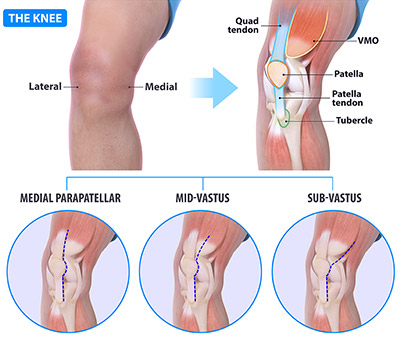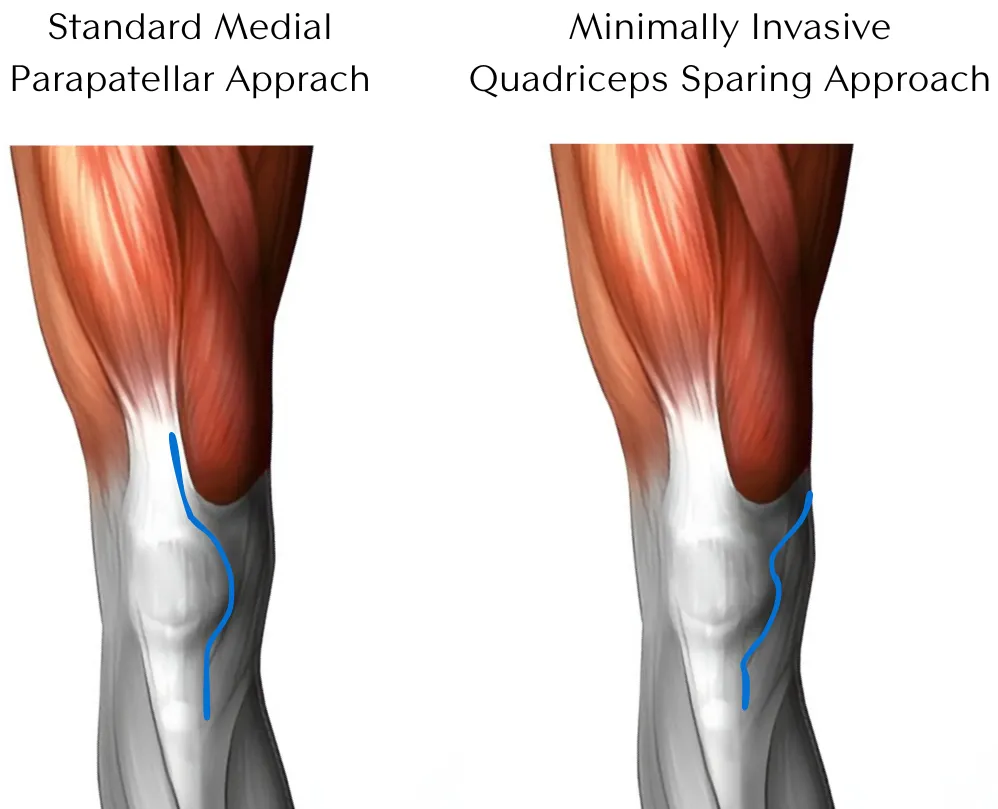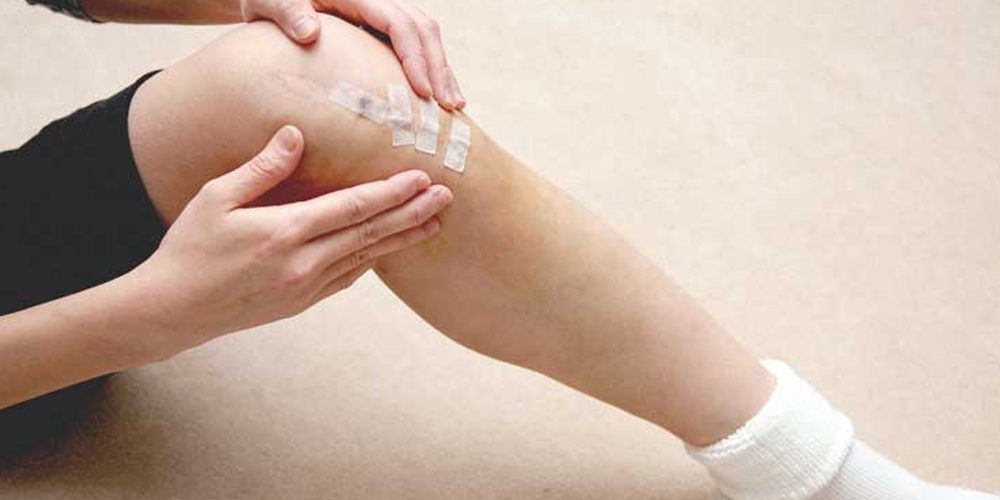Subvastus Knee Replacement Surgery
Knee replacement surgery is a common procedure that offers relief from severe knee pain caused by arthritis or injury. In recent years, the subvastus approach to knee replacement has gained popularity as a less invasive alternative. Unlike the traditional method, the subvastus technique provides significant benefits to patients, leading to a quicker recovery and fewer complications. This blog will highlight the four main advantages of subvastus knee replacement surgery and explain why it might be the right choice for you.
What is Subvastus Knee Replacement Surgery?

Subvastus knee replacement is a modern surgical technique in which the surgeon accesses the knee joint by carefully working through the subvastus muscle, a part of the quadriceps. This method avoids cutting through the quadriceps tendon, a key muscle that contributes to the knee’s movement. By using this approach, the surgeon can replace the damaged knee joint with an artificial one while causing minimal disruption to the surrounding tissues.
Advantages of Subvastus Knee Replacement Surgery

Faster Recovery Time
One of the most significant advantages of subvastus knee replacement surgery is the faster recovery compared to traditional knee replacement methods. Since the subvastus technique minimizes muscle damage and avoids cutting through the quadriceps tendon, patients typically experience less pain and swelling after the surgery. This leads to a quicker recovery time, allowing patients to return to normal activities sooner. Many individuals are able to walk without assistance shortly after the surgery.
Less Post-Operative Pain
The subvastus approach involves less trauma to the muscle and tendon, which results in reduced pain after the procedure. Traditional knee replacement surgery often involves a longer recovery period due to the disruption of muscles and tissues. In contrast, patients who undergo subvastus knee replacement report less discomfort, leading to fewer pain management medications and a more comfortable healing process.
Improved Functionality and Mobility
Because there is less muscle damage, the subvastus knee replacement approach helps preserve the knee’s natural movement and functionality. As a result, patients can regain their mobility faster, with many experiencing improved range of motion and flexibility in their knee joint. The preservation of muscle and tendon integrity means patients can often perform daily tasks, such as walking, climbing stairs, and bending, with greater ease.
Lower Risk of Complications
Subvastus knee replacement surgery is associated with a lower risk of complications such as blood loss, infection, and deep vein thrombosis (DVT). The less invasive nature of this approach means there is less disruption to blood vessels and muscles, reducing the chances of adverse outcomes. The shorter hospital stay and quicker recovery also contribute to a decreased risk of hospital-acquired infections and other post-surgical complications.
Dr. Kunal Makhija: Your Trusted Orthopedic Surgeon
Dr. Kunal Makhija is a renowned orthopedic surgeon based in Panvel, Navi Mumbai, specializing in robotic knee and hip joint replacement surgery. His approach is patient-focused, ensuring each treatment plan is tailored to your specific needs. With extensive training and experience in advanced techniques like subvastus knee replacement, Dr. Makhija offers personalized care to help you achieve the best possible results. His expertise, combined with cutting-edge technology, allows him to provide precise, efficient surgeries with optimal outcomes for his patients.
To schedule a consultation with Dr. Kunal Makhija or to inquire about knee or hip replacement surgery, you can reach out to the clinic directly. Dr. Makhija’s team will provide the necessary information and help you book an appointment at a convenient time.
Frequently Asked Questions (FAQs)
1. How soon can I return to normal activities after subvastus knee replacement surgery?
Most patients can begin walking with minimal assistance within a day or two after surgery. Full recovery typically takes 6 to 8 weeks, depending on the individual’s health and rehabilitation progress.
2. Will I experience less pain with subvastus knee replacement compared to traditional methods?
Yes, subvastus knee replacement generally results in less post-operative pain due to the preservation of muscles and tissues, especially the quadriceps tendon.
3. How long will my new knee joint last?
Modern knee replacements can last up to 15-20 years or longer with proper care and maintenance. Your surgeon will provide guidance on how to maximize the lifespan of your knee implant.
4. What should I expect during my consultation with Dr. Kunal Makhija?
Dr. Makhija will perform a thorough evaluation of your knee condition, discuss your medical history, and recommend the most suitable surgical options. He will explain the procedure, expected outcomes, and recovery process in detail.
5. Is robotic knee replacement surgery better than traditional methods?
Robotic knee replacement provides enhanced precision, which may lead to better alignment of the joint, less tissue damage, and a quicker recovery time. However, whether robotic surgery is the best option depends on the individual case.
Conclusion
Subvastus knee replacement surgery offers several advantages over traditional methods, including faster recovery, reduced pain, improved functionality, and a lower risk of complications. If you’re considering knee replacement surgery, this technique may provide the best option for a smoother, quicker recovery. Dr. Kunal Makhija’s expertise and personalized approach ensure that you receive the highest level of care, with the goal of restoring your mobility and improving your quality of life. Reach out today to schedule a consultation and learn more about how subvastus knee replacement surgery can benefit you.
